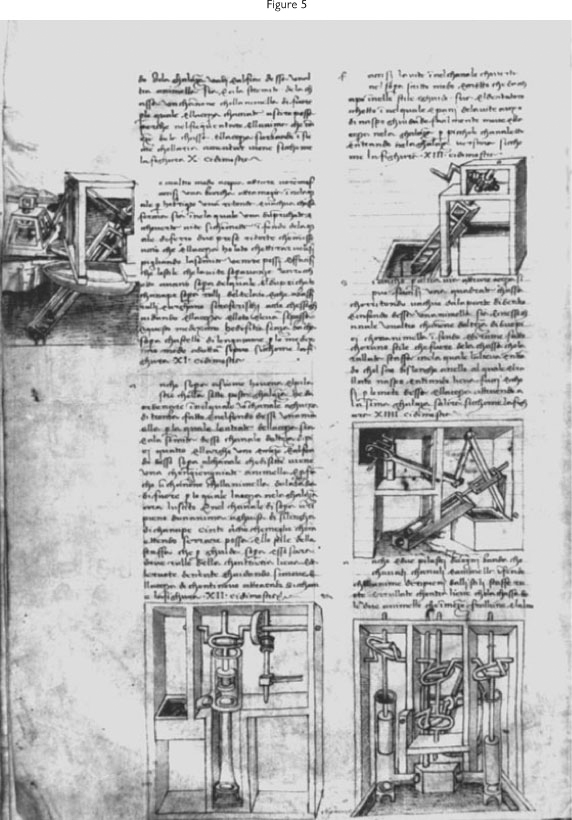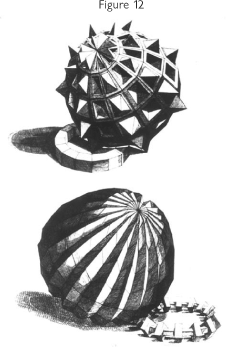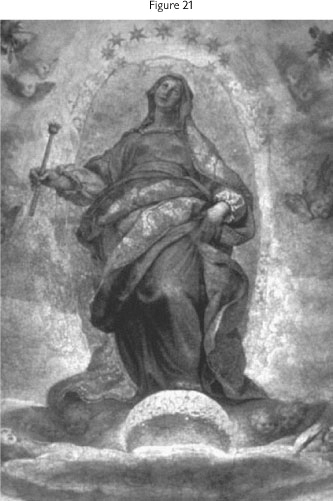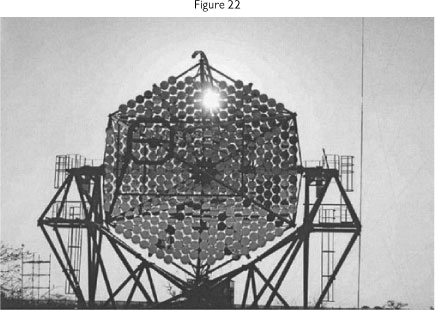This essay argues that the advent of linear perspective, ca. 1425, when Filippo Brunelleschi painted a small panel of the Florentine Baptistery by applying the geometric rules of optical mirror reflection, was more than just an artistic event. Indeed, it subsequently had the most profound - and quite unanticipated - influence on the rise of modern science. Surely, by 1609, Galileo would not have understood what he saw when observing the moon through his newly invented optical telescope, then called the 'perspective tube,' had it not been for his training in perspective drawing. Yet, Brunelleschi's original dependence on the mirror two centuries earlier was intended not to reveal objective 'scientific' reality, but rather to reinforce Christian spiritual 'reality.' In 1435-6, Leon Battista Alberti, when codifying Brunelleschi's perspective in his famous "Treatise on Painting," substituted a gridded window for Brunelleschi's mirror, thus redirecting the purpose of perspective art away from revealing God's divine order as reflected on earth, to a more secular physical reality viewed directly in relation to human moral order.
linear perspective; Renaissance art; modern science






















